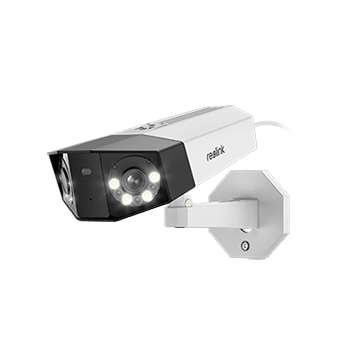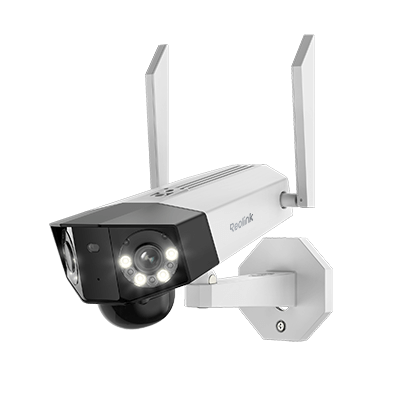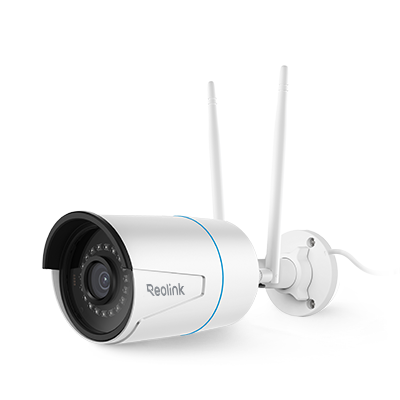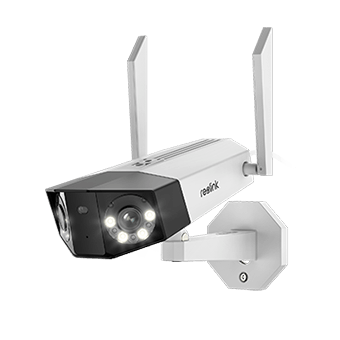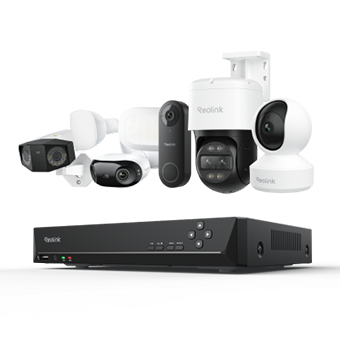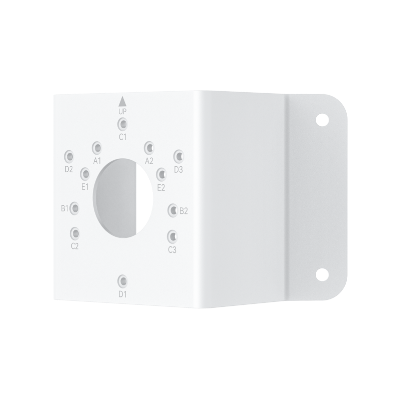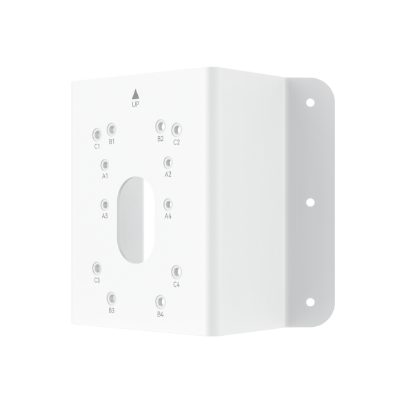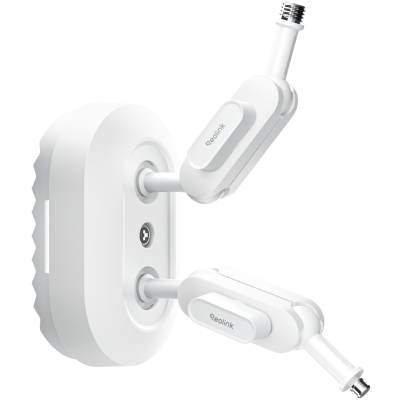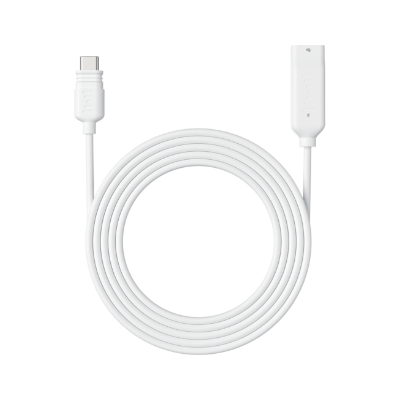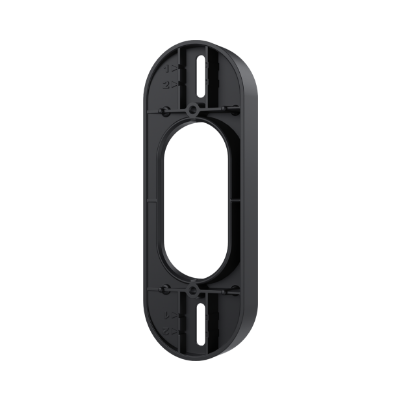How to Do When Dust Is Inside Your Camera Lens?

Lens dust is a common problem for photographers. It can affect the quality of your photos. The presence of dust inside the lens can not only mar the image but also affect the overall performance of the camera. Therefore, it is essential to know how to clean the lens dust properly. In this article, we will discuss various methods and precautions to be taken while cleaning the lens dust effectively.
How Does Dust Appear Inside Lens?
Dust is inevitable in everyday environments, and even the interior of camera lenses is not entirely hermetically sealed. As a result, dust can find its way into the mechanical components within the lens during the focusing procedure and subsequently migrate into the lens elements.
Moreover, the act of swapping lenses can further expose the rear portion of the lens to additional dust, particularly when attaching or detaching the lens from the camera body. In this transition, dust particles can infiltrate the lens through the gap between the lens and the camera body, ultimately settling on the optical elements within the lens.
When You Really Need to Clean the Lens?
If dust is not causing any issues with the framing or obstructing the view, there's no need to worry about it as long as it's not visible in the shot. However, excessive dust on the lens can distort the composition, so it's important to address it.
To identify dust particles, you can first examine the floating elements in your photos. Begin by gently wiping the outer lens. If you consistently notice smudges in the same spot across all photos, it's time to clean the lens.
Another approach is to capture images of a uniformly white surface in well-lit surroundings, such as an unobstructed sky. Use settings like ISO 50 - 100 to avoid mistaking sensor dust for noise. Opt for an aperture between f/16 and f/22.
Some photographers use the technique of inducing blur to detect dust on their camera lens. This involves turning off autofocus and deliberately defocusing the lens. Employ the maximum focal length. If your camera settings don't allow for this, taking photos of a white surface can also reveal the impact of dust.
A third method involves utilizing the "Visualize Spots" feature in the desktop version of Lightroom. This tool aids in pinpointing dust specks within your photos. The image is displayed in high-contrast black and white, highlighting areas affected by dust.
How to Remove Dust Inside the Lens?
Removing dust inside a camera lens can be a delicate process. If you're not experienced with lens maintenance, having a professional technician is generally recommended to avoid causing damage. However, if you're confident in your abilities and have the necessary tools, you can do it by yourself.
What do you need to prepare?
- A clean and well-lit workspace.
- Compressed air blower.
- Lens cleaning solution.
- Soft brush to remove dust and other particles
- Microfiber lens cleaning cloth.
How to clean the lens?
Step 1: Removing front protective ring and cleaning
- Wear protective gloves to prevent fingerprints.
- Gently lift the front protective ring using a tool like a flathead screwdriver or credit card.
- Use a hair blower to blow away dry dust from the inner ring surface.
- Clean the ring with a moistened cotton swab and an optical cleaning solution.
Step 2: Disassembling and cleaning front element
- Unscrew the front element using lens spanner wrenches or appropriate tools.
- Pull the element onto a lined napkin and cover the hole with a lens cap.
- Brush off dust with a soft brush, then clean small stains with a microfiber cloth.
- Use lens cleaning solution on wipes for grease stains, avoiding touching internal elements.
Step 3: Internal cleaning and reassembly
- Zoom in to access internal elements and clean using a soft brush or Lenspen.
- Finish cleaning with the hair dryer, ensuring no dust remains.
- Return focus to its original position and reassemble lens components carefully.
What to Look For When Cleaning Dust Inside the Lens?
When addressing the task of cleaning dust within a camera lens, it's essential to be attentive to several critical considerations to ensure effective cleaning without causing harm to the lens.
-
Avoid dusty environments: Steer clear of dusty surroundings and opt for clean, low-humidity areas when cleaning or changing the lens. When swapping lenses, hold the camera with the lens facing downward to minimize dust settling on the sensor.
-
Do not blow on the lens with your mouth: Refrain from blowing on the lens using your breath, as it's naturally moist and could worsen the situation due to potential saliva splashes. Additionally, avoid using compressors or compressed air, as these can exert excessive force on delicate glass and connections.
-
Avoid frequent or unnecessary cleaning: Excessive cleaning poses the risk of damaging the lens and can lead to wear and tear on delicate components. And do not press too hard when cleaning with wipes.
-
Avoid using household chemicals: Don't use household chemicals to clean your camera lens or any optical surfaces. These substances can contain ingredients that may harm lens coatings or other sensitive parts.
How to Prevent Dust Inside the Lens?
Preventing dust from entering your camera lens is essential to maintaining image quality and the longevity of your equipment. Here are some tips you can take to avoid dust inside the lens:
-
Use lens caps: Always employ both front and rear lens caps when the camera is inactive to shield against dust. Using a UV filter serves as an excellent method for safeguarding your lens. It effectively filters ultraviolet light, curbing glare and enhancing the quality of your photographs.
-
Regular cleaning: Regularly clean your camera's exterior with a soft brush or air blower to minimize surface dust.
-
Proper storage: Store your camera in a clean, dry environment, such as a camera bag, to minimize dust exposure.
-
Careful lens changes: When changing lenses, do so with care in controlled environments to avoid introducing dust.
-
Use lens hood: Attach a lens hood to your lens. It not only helps in reducing flare but also acts as a barrier against dust.
Which Types of Lens Are Prone to Dust?
Now that we understand the importance of preventing and addressing dust within camera lenses, let's explore the types of lenses that are particularly susceptible to dust accumulation. By identifying these vulnerable lens types, we can tailor our maintenance efforts to effectively mitigate dust-related challenges.
-
Zoom lenses: Zoom lenses have multiple moving parts within their construction, creating opportunities for dust to enter and settle. Dust particles can find their way into the gaps between the lens elements as the lens zooms in and out.
-
Interchangeable lenses: Lenses that are frequently changed or swapped on cameras are more exposed to the environment. Each time you change a lens, you risk introducing dust and contaminants to the camera's interior.
-
Prime lenses with large apertures: Prime lenses with wider apertures (lower f-numbers) have larger front elements. These larger openings provide more space for dust to enter and accumulate.
-
Telephoto lenses: Longer focal length telephoto lenses can create more pronounced air movement within the lens barrel when focusing or zooming, potentially drawing in more dust from the environment.
FAQs
1. Does dust inside lens affect the picture?
Dust inside a camera lens can impact picture quality by reducing clarity, contrast, and sharpness. It can lead to artifacts like flares, ghosting, and visible spots, especially in certain lighting conditions or when shooting with small apertures. Over time, dust accumulation might obscure fine details and affect low-light performance.
2. How do you clean dust from inside phone camera lens?
Cleaning the inside of a phone camera lens can be challenging and is generally not recommended for most users, as it requires disassembling the phone and lens components, which can lead to further damage if not done correctly. If you're experiencing issues with dust affecting your phone's camera quality, it's best to consult a professional technician or the manufacturer's service center.
3. Can I use any cleaning solution to clean my lens?
When cleaning camera lenses or any delicate optics, it's important to be cautious about the cleaning solutions you use. Not all cleaning solutions are suitable for lens cleaning, as some can damage lens coatings, leave residue, or even scratch the lens surface. If you're uncertain or hesitant, consult the manufacturer's recommendations or seek advice from professionals who specialize in camera maintenance and cleaning.
Conclusion
Encountering dust inside your camera lens can be a concern, but it's not an impossible issue. By remaining cautious and employing proper maintenance practices, you can effectively address this situation.
If you like this article and find it helpful, share it with your friends. Got something to say about camera lens? Make sure you leave a comment below!
Search
Subscribe for the Latest Updates
Security insights & offers right into your inbox

















